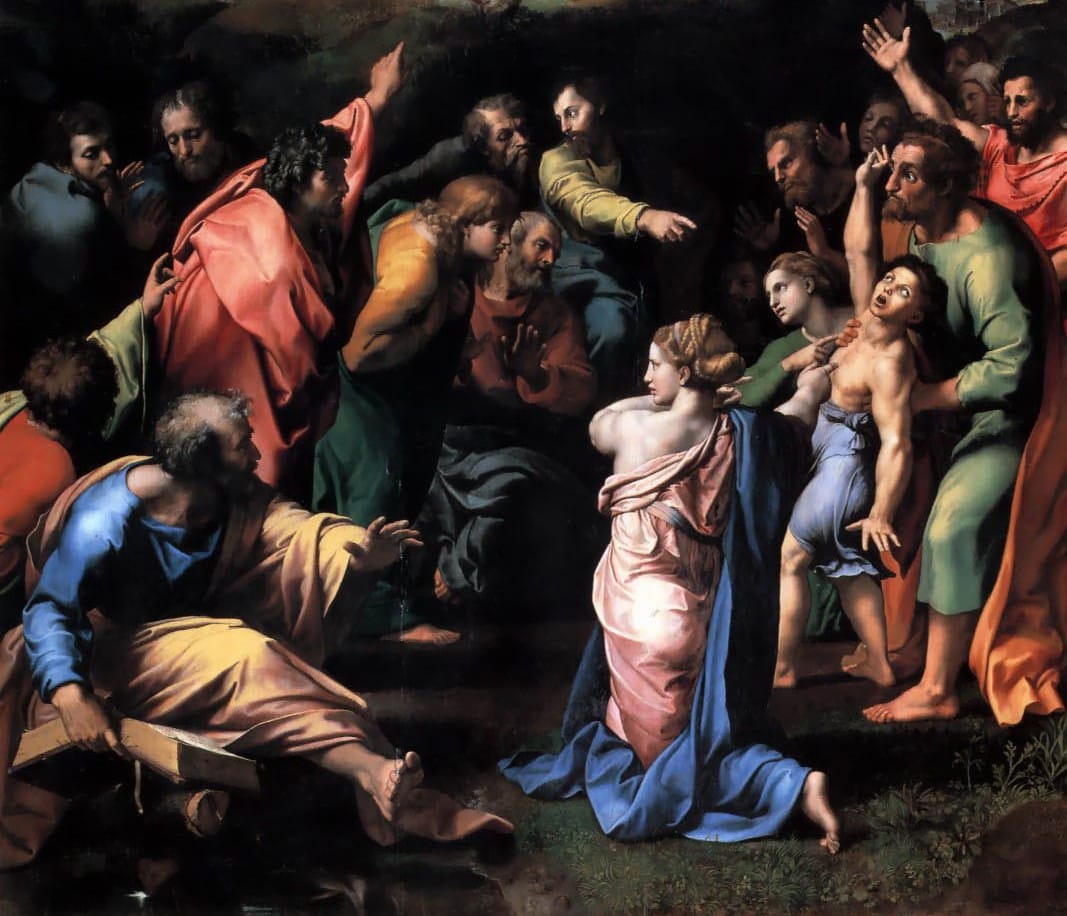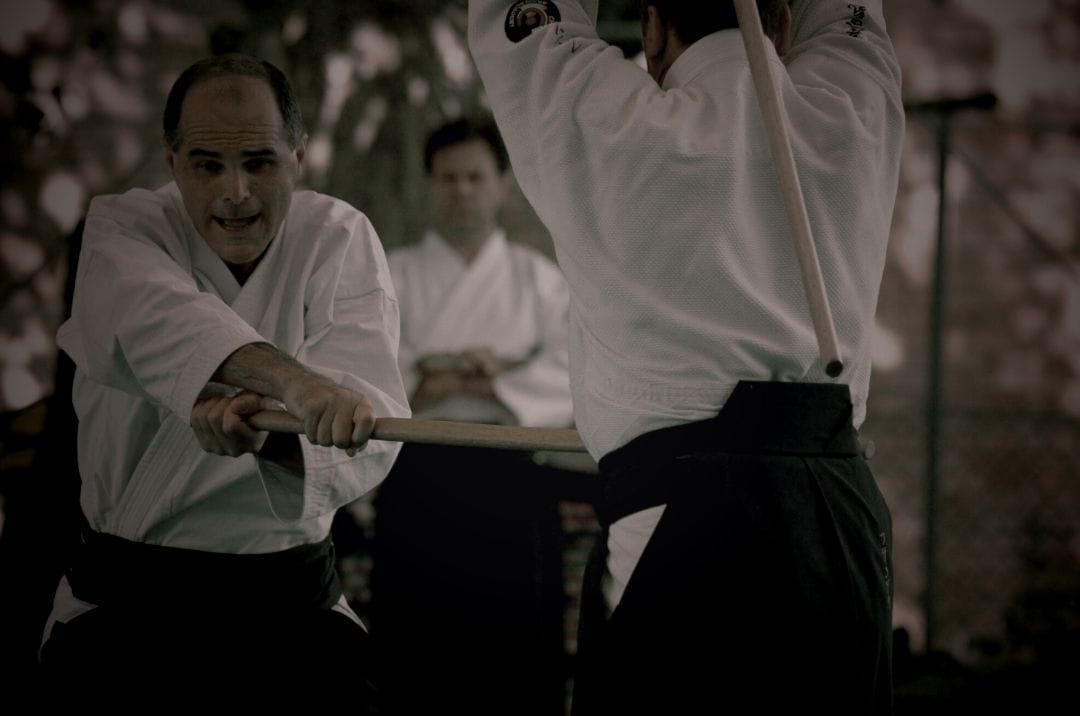What has been missing until now for Aikido to succeed is of the same nature as what has been missing for the Renaissance to succeed. In both cases the impetus was there, but we lost our way, la diritta via era smarrita.
First of all, we have to get rid of the idea that the Renaissance corresponds to a precise historical period. It did not begin with Petrarca, and it did not end with Descartes. It is not an event, it is a movement, a trend coming from the depths of the European mind, whose roots go deep into the Middle Ages themselves - which is perhaps for this reason not as dark an age as it has been made out to be - and which does not stop at the door of modernity either.
Above all, the Renaissance was about people who shared the same impulse, the same vital force, which Machiavelli called virtù, Nietzsche die große Gesundheit, the great health, and which expressed in art, politics and social life a form of excess, an overflow of energy, vivacity and flexibility, even recklessness and ferocity. If we do not plunge to the depths from which it sprang, we see of the Renaissance only the surface of things, the details of history and art.
God, immutable, is defined by his perpetuity; any movement would take him away from the perfection where he remains for eternity. The mark of man, on the other hand, is evanescence and transformation. To live is to change, and human beings are free to undergo metamorphoses because their final form is not fixed. In this movement, and in the short time of their existence, they deploy their inventiveness and creativity, and find their dignity and joy in living. Montaigne, who was a great Renaissance man, saw the value of human existence in nothing other than this perpetual capacity for change. It is in this sense that he declares that ‘every man carries within him the entire form of the human condition’, form here not referring to some fixed archetype of humanity, but precisely to that permanent faculty of transformation that is the hallmark of man as opposed to God. Art is about this.
Because it is imperfect, human nature is changeable, but its imperfection prevents it from creating fruitfully in the various spheres of civilisation if the overflowing energy that characterises it is not channelled, and which, if not tamed, feeds extreme passions. Aut caesar aut nihil, the formidable yet cruel and sterile character of Caesar Borgia, is a prime example of the unleashing of such unbridled vitality.
As it happens, the path chosen over the last two millennia has not been that of educating the living forces of human transformation, but that of eradicating them. Religion, and Christianity in particular, have encouraged man to embrace what endures, to conform to the definitive model of union with a perfect God, immovable at the heart of the world, guarantor of an intangible truth. Since this objective could only be achieved at the sacrifice of the multiform movement of life, of everything that passes, changes and metamorphoses, the logical consequence of this choice was the rejection of the body, of sensuality, and in general of all the attributes of earthly life, considered to be obstacles to man's fulfillment in his post-mortem future. A brighter tomorrow... in another world.
The European Middle Ages were permeated by this detestation of impermanence. The aversion to the conditions of life imposed by nature led to their disaffection, with the promise of a stable and reassuring afterlife being preferred. The obliteration of the human body in medieval paintings and sculptures should be understood as the consequence of this critical attitude, which chose to censor nature in the name of the ideal of eternity. The body has sinned, it is shameful, so it is despised and neglected to the point of being deformed:
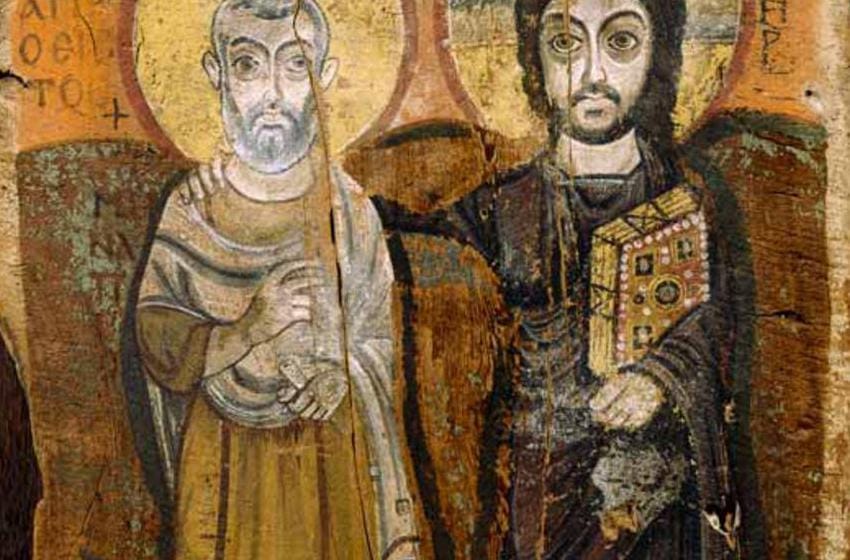
The reasoning goes something like this: since the body obviously disappears with death, only the anima, the soul, has a chance of finding its place in eternity with God, so let's forget the body and let's occupy ourselves with the spirit, and let's unlearn the body all the more since the preoccupations of the latter compete with and disrupt those of the spirit, and distance us from it.
A certain secular bulimia for knowledge, caused by the hypertrophy of intellectual strength, is rightly seen as a modern avatar of this medieval arbitrage. Yet knowledge and understanding must not be confused. Understanding is not a sum of knowledge, it is a modification of the being, which occurs only when the force of knowledge is fertilised by the forces of feeling and sensation: understanding is a transformation, and it is to this extent that it falls within the register of life.
We need only compare the strange absence of the body in medieval works with the exactly opposite preoccupations, the interest in nature, the attachment to reality, that emanate from Leonardo da Vinci's Carnets, for example, or Michelangelo's David, to understand what the Renaissance rose up against:
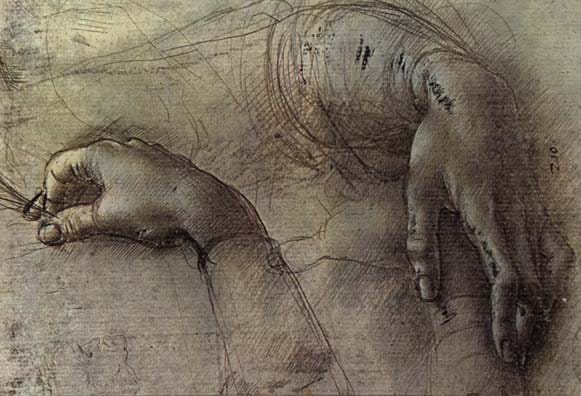
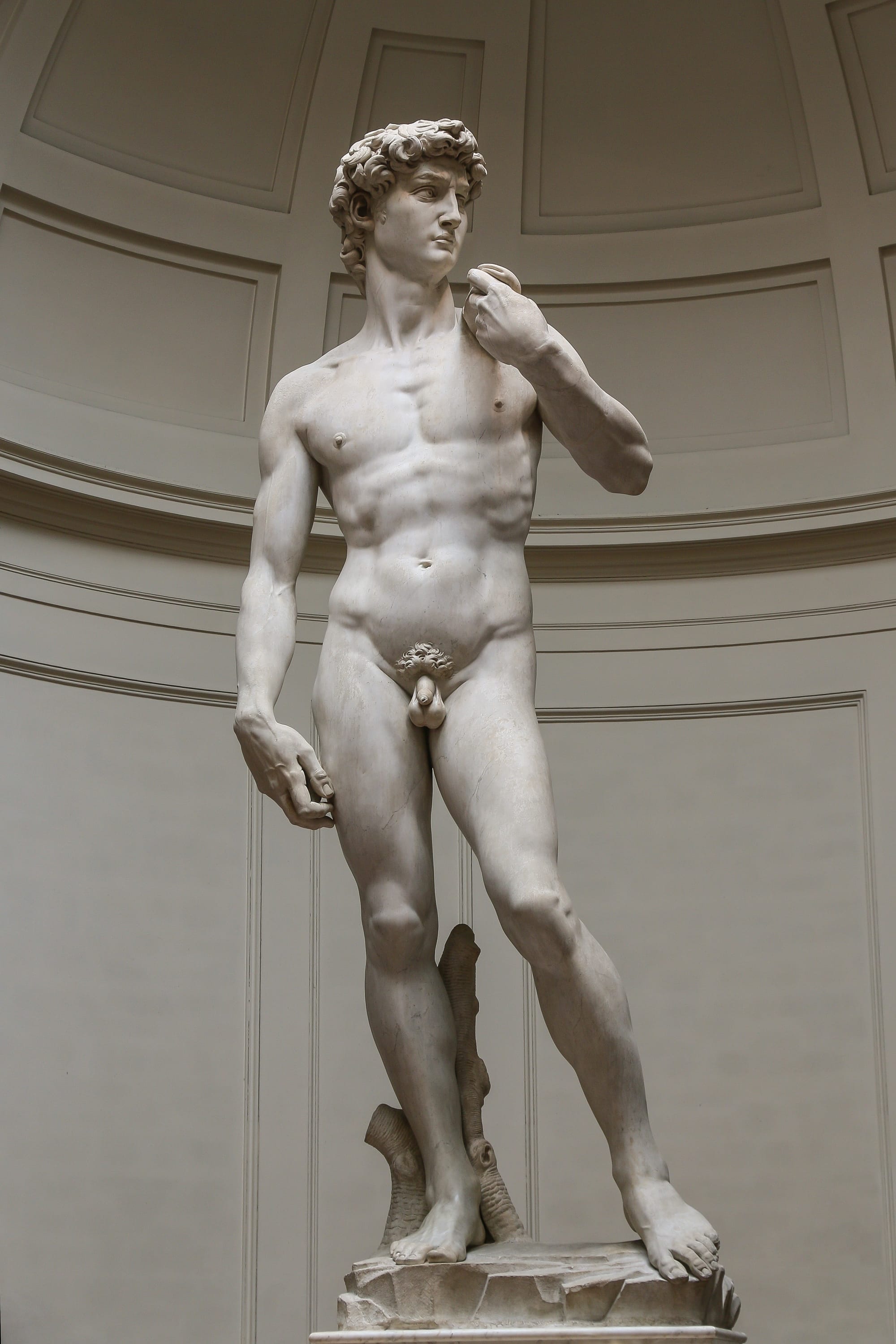
It is in the abyss that sperm whales and giant squid clash, and the struggles of these titans of the seas are invisible to us. Likewise hidden from our view is the war that has been waging for thirty centuries between two subterranean forces of humanity: one working to condemn and abolish the body, the other to celebrate it - and for that reason to transfigure all the values born out of hostility to life. Both camps have their heroes. The Renaissance opposed the flight into idealism and morality of Plato, Saint Augustine and the Fathers of the Church, and the dogma of a desirable life only after death, to the here below : the care and eloquence of the body of a Rabelais, a Raphael and a Michelangelo, the independence of mind and attachment to reality of a Leonardo da Vinci, a Machiavelli, a Shakespeare and a Montaigne.
The Reformation was the great battle lost by the Renaissance, preventing it from completing the transvaluation, the overturning of all the values engendered by the unnatural idea of permanence. In the face of the forces that once again exalted the values of change and transformation, the primordial values of life, the taste for life of the first Antiquity, Luther arose and re-established the Church. At the dawn of modern times, the trend thus revived by the German priest led to Descartes, then to Kant, to the precedence of reason over sensation, over inclinations and instincts, to the dual human being. The Renaissance trend led to the opposite type of man, in whom reason, sensitivity, feeling, will and body are not dissociated in the name of a despotic ideal: to Goethe, who embodies, on the contrary, love for nature, the vitality of powerful instincts that are dominated for the benefit of creation, and passions that are disciplined in the service of a work of art. Goethe is a remedy for the mal de vivre and arbitrariness.
So what does Aikido have to do with all this?
If I had to answer in one word, I'd say consciousness, but I'll try to elaborate a little.
In the light of what has been said so far, it would seem that the way we exist is linked to the way we interpret reality and the way we take it into account. So the following question arises: if we are to elucidate reality - often painful reality - as it is, with probity and courage, in other words, without seeking to disguise it, can we choose a more extreme form of this reality than that of the battlefield, that of the fight to death? Is there a more intense and decisive way of confronting the problems posed by reality, without running away from them, than that which inevitably involves life itself? And is it not on the edge of life and death that the ability to adapt to reality is best judged?
This is precisely what Aikido proposes: to put man - the very body of man - in such a position that this body has no other choice to maintain itself, to continue to be, than to discover the physical laws that allow it to use the precariousness of its situation as the source of its metamorphosis, a physical metamorphosis obviously, but also a spiritual one insofar as the body teaches the spirit. To live is to change, which means taking risks, not ‘taking care not to hurt yourself on any stones along the way’. Facing reality, when it presents itself in its most appalling and dangerous light, prevents us from falsifying it. Sailors know this: ‘I'm in the heart of the typhoon, there's no more sky, there's no more sea !’ ... are the last words of Alain Colas, and we believe Kersauson when he writes that the sea is monstrous, because he survived it. But instinct, while necessary, is not enough in extreme situations; the ardour of the vital force must also be controlled and regulated by form. It is from the balance between the animality of human nature and the organising power of form that the movement of Aikido is born, just as the balance of Greek art depended on the harmony between Dionysian excess and the temperance of Apollo.
The transfiguration of reality in Renaissance art is an attempt to return to this balance, this harmony, through the union of conflicting but complementary forces, and this is the very definition of virtù. For Machiavelli, this confrontation does not come at the price of the burden, bitterness or affliction that would result from the distressing vision of a world despairing of harshness; it is joyful: it is with cheerfulness and good humour that "The Prince " speaks of ruthless reality. And it is in the same spirit that the Founder of Aikido, Morihei Ueshiba, explains that we must practice with joy. Joy is a major force in acquiescence to reality, as Clément Rosset pointed out when I was his student at a time when, of course, I understood nothing of this debate. Joy is the great force capable of opposing idealism.
The spirit that presided over the advent of Aikido in the twentieth century is the same spirit that tried to revive, with the breath of the Renaissance, the ancient and primordial approval of reality, a reality that is the very matter of creation, that is not a source of fear, and even less a pretext for guilt. Faced with reality, man is guilty of nothing; his only fault is not to accept it as it is. The Renaissance, and Aikido with its means, appeared in history as manifestations of the force in charge of restoring the order of things.
Neither has succeeded to date. But we know from Dante that humanity does not progress in a straight line, the diritta via is not lost by accident, but by definition, what seems to be acquired must be lost for a time, only to return. As far as Aikido is concerned, the evolution of the last few decades shows that reality has been obscured, that it has ceased to be taken into account. The Aikido movement is now decided without regard for martial reality; it is conditioned by aesthetics, by the particular ideas that some or others have of this art; Aikido has become an idealism, in the same way as Plato's theory of forms or Saint Augustine's ethics. And it is only logical that it should meet with a certain success in a modern world that is itself in a profound break with reality. I'm thinking here of Camille 's comment to which I replied on this site: Aikido as “personal development, or even as a religion”... No, Camille, no, it's exactly the opposite: Aikido is an attachment to the objective reality of the world, with nothing in it of a subjective nature, and with nothing in it to encourage us to seek refuge in a better world. I regret that the conditions are not right for me to risk writing a book on this theme; I would have been delighted to dedicate it to you.
There is a Center for Advanced Studies of the Renaissance at the University of Tours in France. It's a great cultural initiative from the 1950s, and to follow its courses is a wonderful idea, because the Renaissance is much more than an artistic movement, it's a revival of European civilisation to rediscover a sense of existence that isn't based on fear of life and its disavowal. Aikido comes from another culture, but the kinship in principle that it shares with the very reason for the Renaissance makes it an ally in this attempt, something that the students at CASR are no doubt unaware of.
The fundamental goal, common to both the Renaissance and Aikido, is the awakening of consciousness, or its re-awakening as you like, its re-birth, the advent of an objective man, a man who is no longer separated from reality by the prism of his unconsciousness. As long as unconsciousness directs his actions, man is a prisoner of the course of things, because things happen anyway, wars for example. But every prisoner one day has the chance to escape, provided that he realises beforehand that he is in prison, provided that only once has he managed - by looking at himself without complacency, and by looking at the works of civilisation he is so proud of - in horrifying himself. This is the first condition for emerging from sleep.
To Christian ꙋ, whom I think of with affection as I finish these lines.

